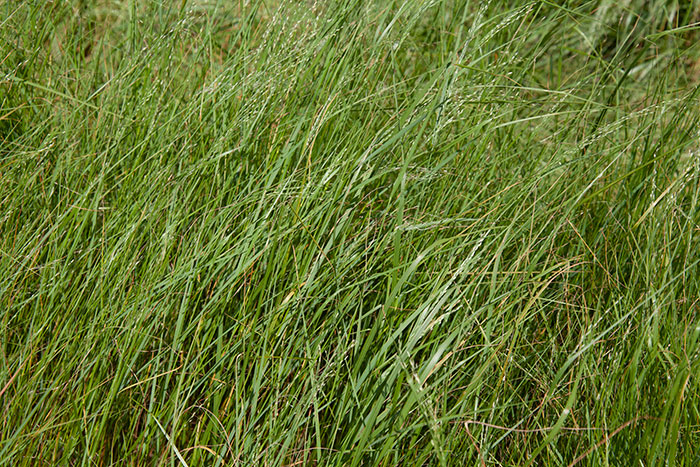
Damaged forage stands from a harsh winter, deteriorating stands from a wet spring, and the approaching warm summer weather have left farmers questioning what options they have for growing forage this year.
Forage agronomist Mark Sulc and dairy scientist Bill Weiss of The Ohio State University answer this question in a recent C.O.R.N. Newsletter article.
“As we move into late May and early June, we must switch to planting warm-season species,” the specialists note. They lay out multiple options for farmers looking to plant forage in late May or June.
When compared to other summer annual options, corn silage still has many advantages, especially in terms of dry matter (DM) yield and overall nutritive value.
Corn silage has a crude protein (CP) concentration of 6 to 9 percent and a neutral detergent fiber (NDF) value of 38 to 50 percent. Depending on maturity at harvest, it can produce 5 to 9 tons of DM per acre.
Even when planted late enough to prevent grain formation, corn silage can have a feed value close to that of other summer annual species, and its DM yield is likely to be higher than most other options.
However, corn silage may not be the best option in every situation, according to the extension specialists. Other options include sudangrass, sorghum-sudangrass hybrids, pearl millet, and forage sorghum. These grasses grow rapidly in the summer, and forage can be ready for harvest 40 to 50 days after planting.
Depending on maturity at harvest, these summer annuals can yield 3.5 to 5 tons of DM per acre. Single-cut forage sorghum can yield up to 8 tons of DM per acre.
These warm-season grasses also have good nutritive value, especially sorghum varieties with the brown midrib (BMR) trait, which can nearly match corn silage in feed quality.
Mixtures of summer grasses and legumes, such as soybeans and field peas, are available and can raise the protein content of the forage, but the protein content is only higher in the first crop since legumes do not regrow. The addition of legumes raises the seed cost, so the benefit of including them has to be weighed with the option of supplementing with cheaper protein sources instead.
After frost events, sorghum species do have the potential for prussic acid poisoning. Additionally, all summer grasses have the potential risk of nitrate toxicity but preventive steps can be taken to reduce that risk.
Teff
Teff is another warm-season grass option and can be used for hay, silage, or pasture. It grows fast and the first crop can be harvested within 40 to 50 days after planting.
Teff yields less than other summer grasses, only producing 3 to 4 tons of DM per acre over several cuttings; however, it is more tolerant of drought-stressed or waterlogged soils.
Nutritionally, teff has a high CP concentration (13 to 16 percent) and a NDF of 55 to 65 percent.
Brassicas
Brassica species are summer grasses that are used only for grazing due to their high moisture content. They can be planted in May to early June and are ready by late summer to fall for grazing. Because of their high energy and low fiber content, the authors suggest to treat brassica species more as a concentrate than a forage in livestock diets.
Seeding and Harvest
For the summer annual grasses, chopping and ensiling or wet wrapping are the best mechanical harvest alternatives. Baling any of the summer grasses, except teff, can be a challenge.
“Plant high-quality seed of a known variety, which will ensure high germination rate and avoid unpleasant surprises regarding varietal identity and crop characteristics,” the specialists recommend.
Look at the different options and choose the forage that will best fit your livestock needs and existing crop rotation.

Michaela King is serving as the 2019 Hay & Forage Grower editorial intern. She currently attends the University of Minnesota-Twin Cities and is majoring in professional journalism and photography. King grew up on a beef farm in Big Bend, Wis., where her 4-H experiences included showing both beef and dairy cattle.

